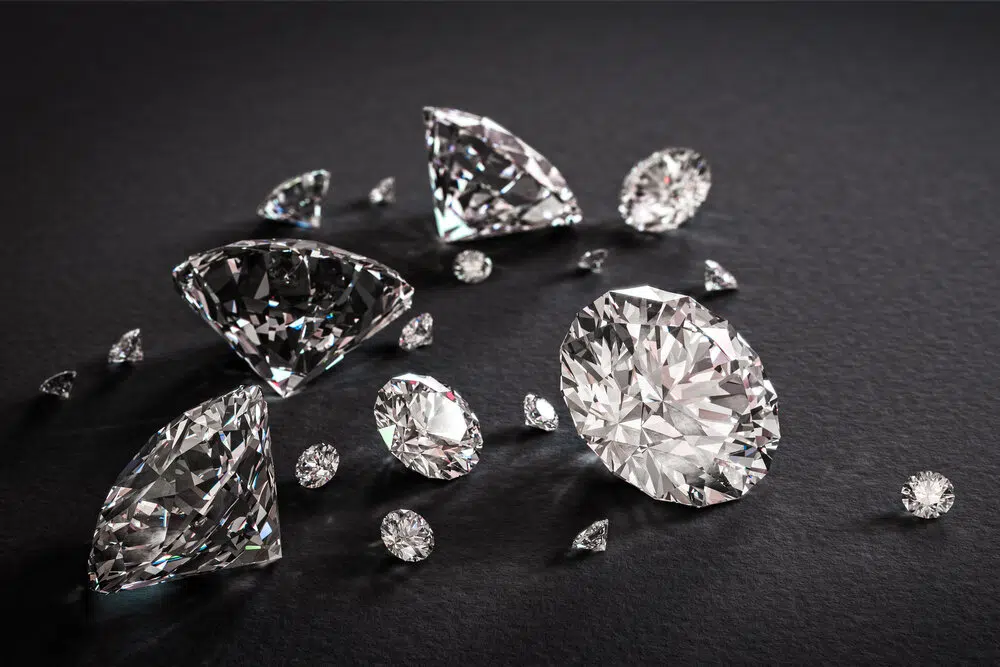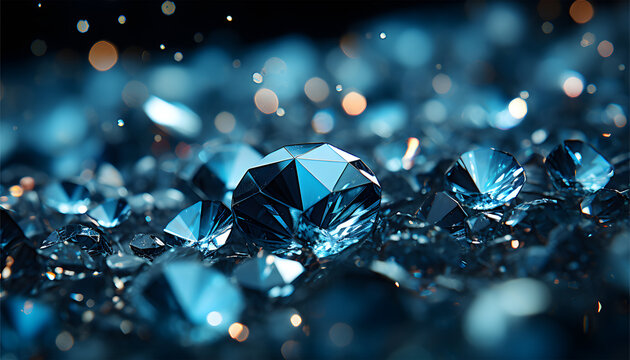
When selecting a ring for a lab-grown diamond, choosing the right metal is essential to enhance the gem’s brilliance and suit your style. Platinum and gold are two of the most popular choices, each offering unique advantages. This guide will compare platinum or gold ring in the context of lab-grown diamonds, helping you make an informed decision.
The Appeal of Lab-Grown Diamonds
Lab-grown diamonds are engineered in a controlled environment that mimics the natural conditions under which diamonds form. Despite their synthetic origin, these diamonds have identical physical and chemical properties to their mined counterparts, including hardness, clarity, and brilliance. They offer an ethical and often more cost-effective alternative to natural diamonds.
Platinum Rings: Timeless Elegance
Characteristics of Platinum
Platinum is a dense, malleable metal known for its durability and timeless appeal. Its natural white sheen complements the sparkle of diamonds, making it an excellent choice for setting lab-grown diamonds. Platinum rings are hypoallergenic and resistant to tarnish, ensuring that your ring will maintain its pristine appearance over time.
Benefits of Platinum
Platinum’s durability means it can withstand daily wear and tear without losing its luster. Its weight and density provide a substantial feel, which many find appealing in fine jewelry. Additionally, the metal’s natural white color enhances the diamond’s brilliance, making it an ideal choice for those who want their lab-grown diamond to stand out.
Considerations for Platinum
One consideration when choosing platinum is its cost. Platinum is often more expensive than gold due to its rarity and density. Additionally, while platinum is resistant to tarnishing, it can develop a patina over time, which some people may find desirable for its vintage look, while others may prefer to have it polished regularly.
Gold Rings: Classic and Versatile
Characteristics of Gold
Gold has been used in jewelry for thousands of years and remains a classic choice for rings. It is available in various colors, including yellow, white, and rose gold, each offering a different aesthetic. Gold is generally less dense than platinum, which can make gold rings lighter and potentially more affordable.
Benefits of Gold
Gold is highly versatile, allowing for a range of colors and finishes to suit personal preferences. Yellow gold provides a warm, classic look, while white gold offers a contemporary style similar to platinum. Rose gold, with its distinctive pink hue, adds a unique touch to any ring. Gold rings are also less expensive than platinum, making them a more budget-friendly option.
Considerations for Gold
One important consideration is that gold is softer and more prone to scratching compared to platinum. Higher karat gold, such as 18K or 22K, is softer and more malleable, which can affect the ring’s durability. White gold, in particular, may require rhodium plating to maintain its color and shine, which can wear off over time and require reapplication.
Choosing the Right Metal for Your Lab-Grown Diamond Ring
When selecting between platinum and gold for your lab-grown diamond ring, consider your personal style, lifestyle, and budget. Platinum offers unmatched durability and a sleek, modern look, while gold provides versatility and a range of colors to match different tastes. Both metals will beautifully showcase a lab-grown diamond, so the choice ultimately comes down to your preferences and priorities.
Conclusion
In summary, both platinum and gold are excellent choices for setting lab grown diamonds, each offering unique benefits and considerations. Platinum’s timeless elegance and durability make it a top choice for those seeking a high-quality, long-lasting ring, while gold’s classic appeal and versatility cater to a variety of styles and budgets. Whichever metal you choose, a lab-grown diamond will shine brilliantly, reflecting both your personal style and the innovative technology behind its creation.


